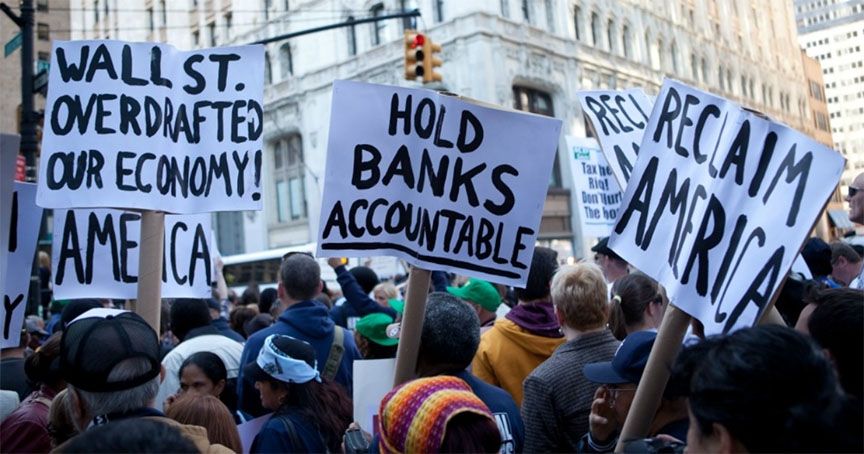Remember the bailout?

Remember that giant bailout of the banking industry by the U.S. federal government? That was ten years ago. At the time, it wasn't clear what was happening with those hundreds of billions of dollars. Now we know a bit. Not everything, but more. And the story ain't very pretty.
According to a Stanford economist:
About half of the money the government invested in banks during the crisis, when credit markets froze, was paid out to shareholders and not used for lending or to pay creditors.
The largest bailout package went to insurance company AIG, which promptly rewarded its shareholders:
Insurance giant AIG paid its highest dividend in company history on Sept. 19, 2008 ― three days after the Federal Reserve handed the insurance giant $85 billion in emergency funds.
AIG's use of federal funds became no less questionable over time. AIG has since admitted "that roughly two-thirds of the $173.3 billion in federal aid it received has been paid out to trading partners such as banks and municipalities in the U.S. and abroad." For example, "The Wall Street Journal, citing a confidential document and people familiar with the matter, reported that Goldman Sachs and Deutsche Bank each got about $6 billion in payments between the middle of September and December last year." In other words, everybody who should have taken a hit got help instead.
We don't know everything about the bailout. The Federal Reserve, which coordinated the bailouts, is resisting disclosure.
The U.S. Federal Reserve has refused to publicize a list of AIG’s derivative counterparties and what they have been paid since the bailout, riling the U.S. Senate Banking Committee.
The result of crony governance, misuse of bailout funds, and obfuscation? Loathing.
It’s hard to overstate how deeply Americans despised their government’s response to the global financial crisis. It has helped shape the last decade of American politics, fueling distrust of powerful institutions and speeding a drift toward ideological extremes.
No, not a pretty story at all.
